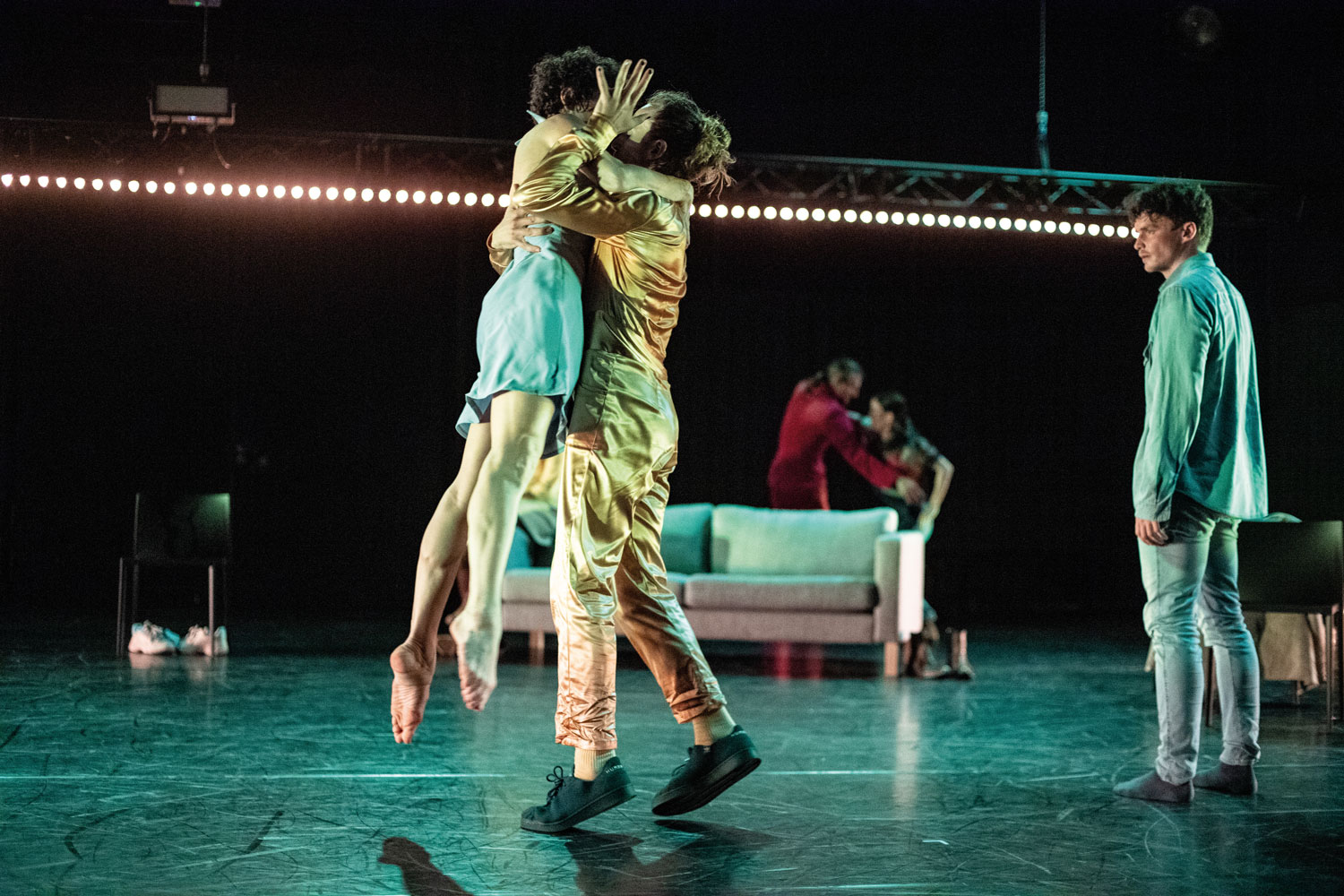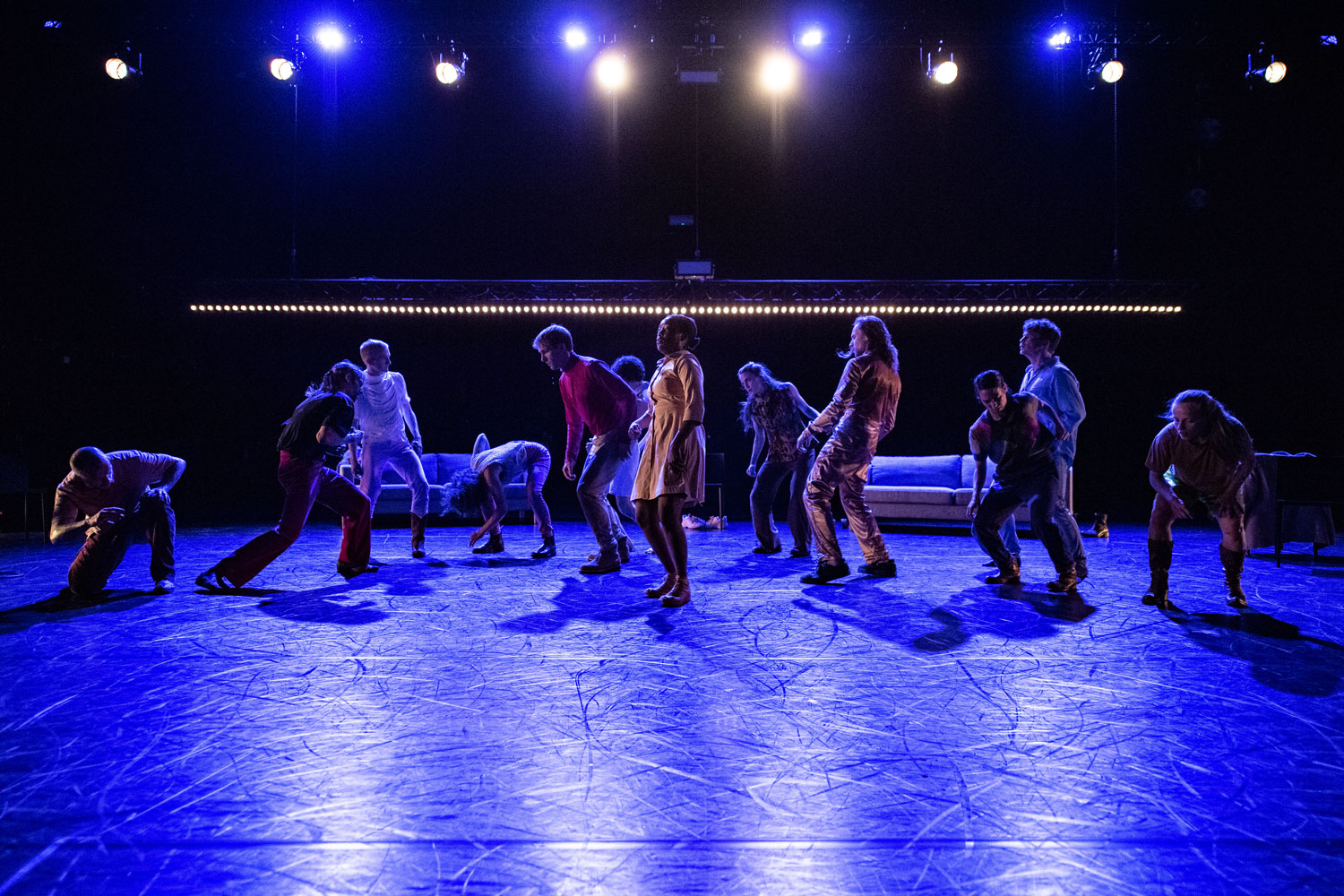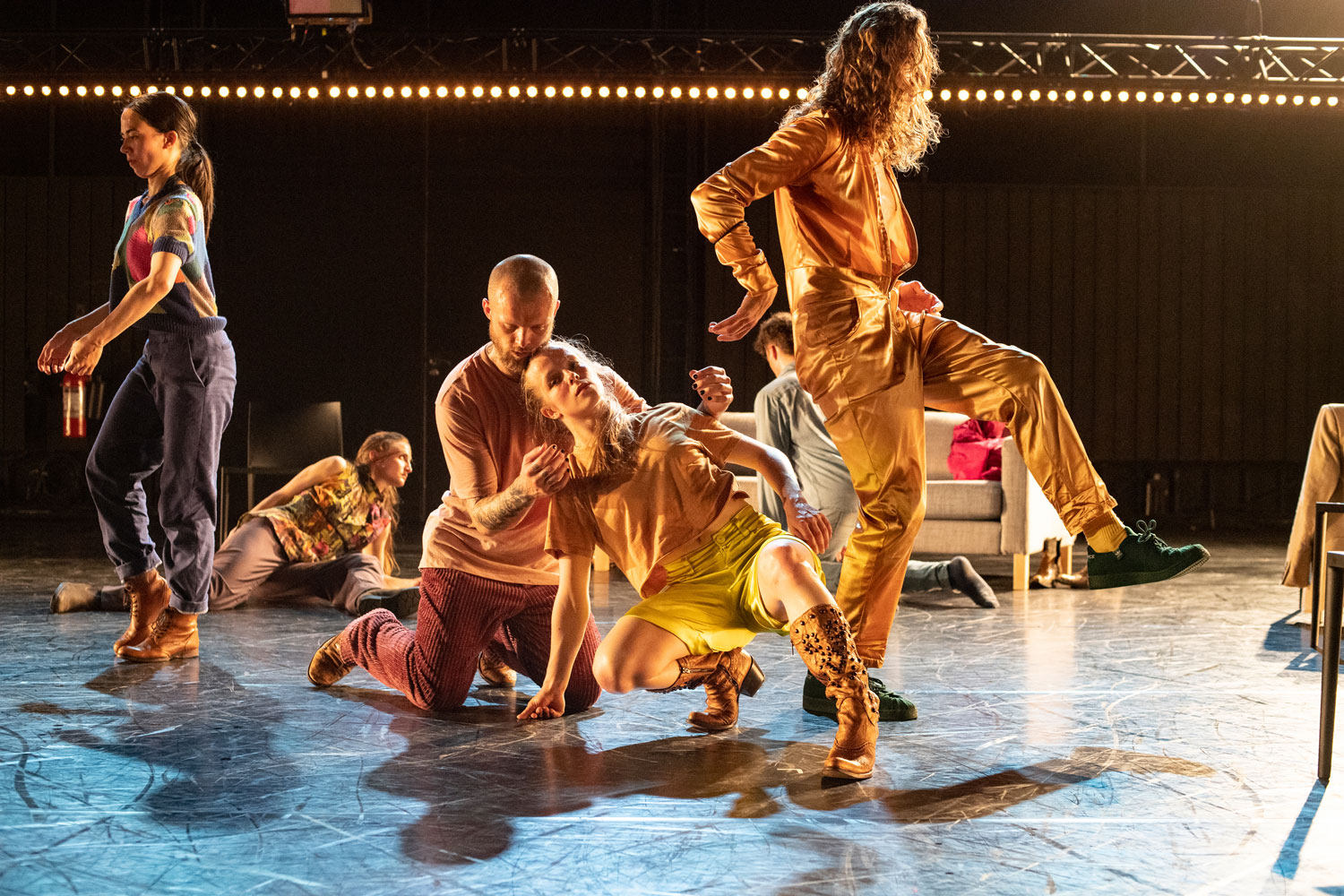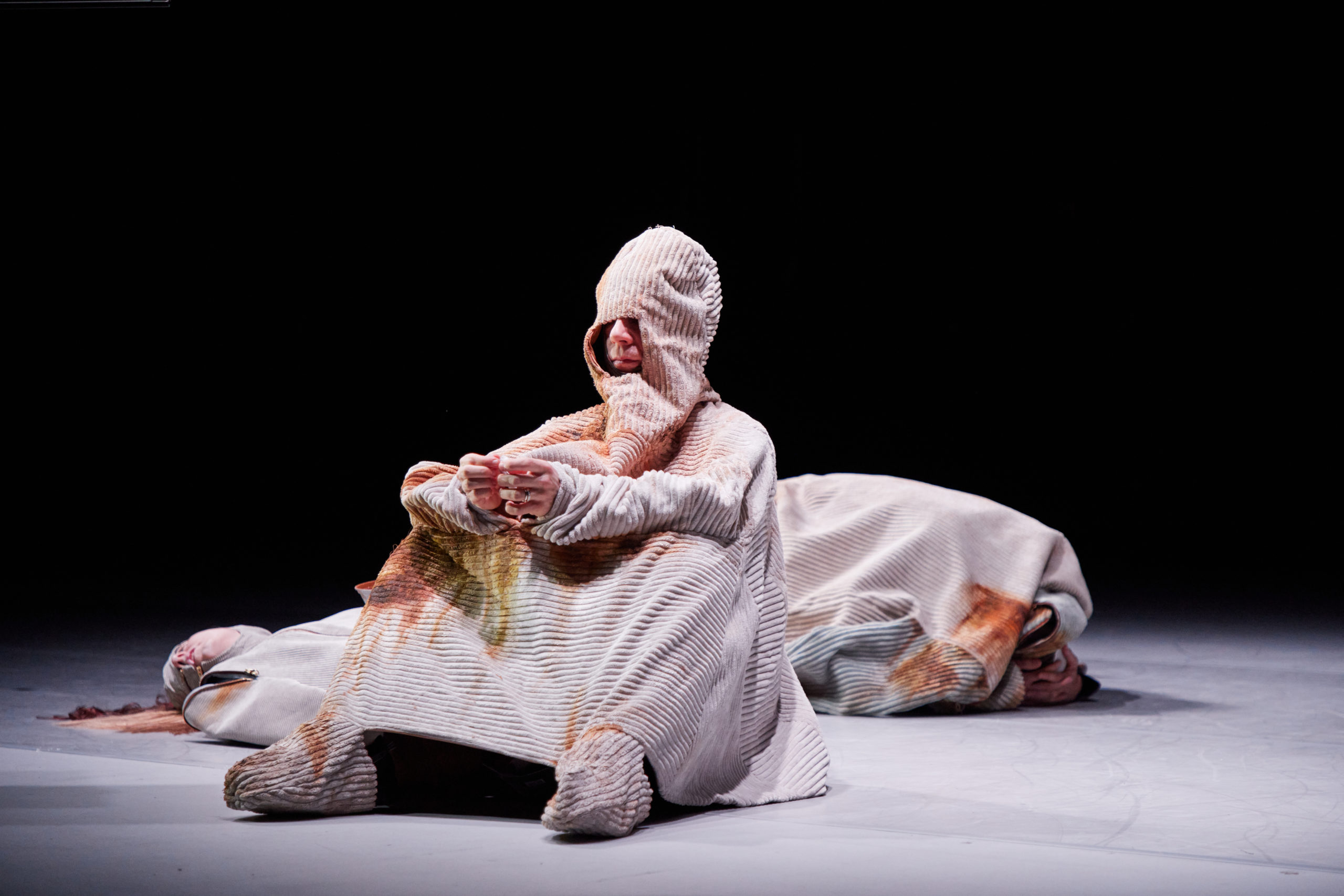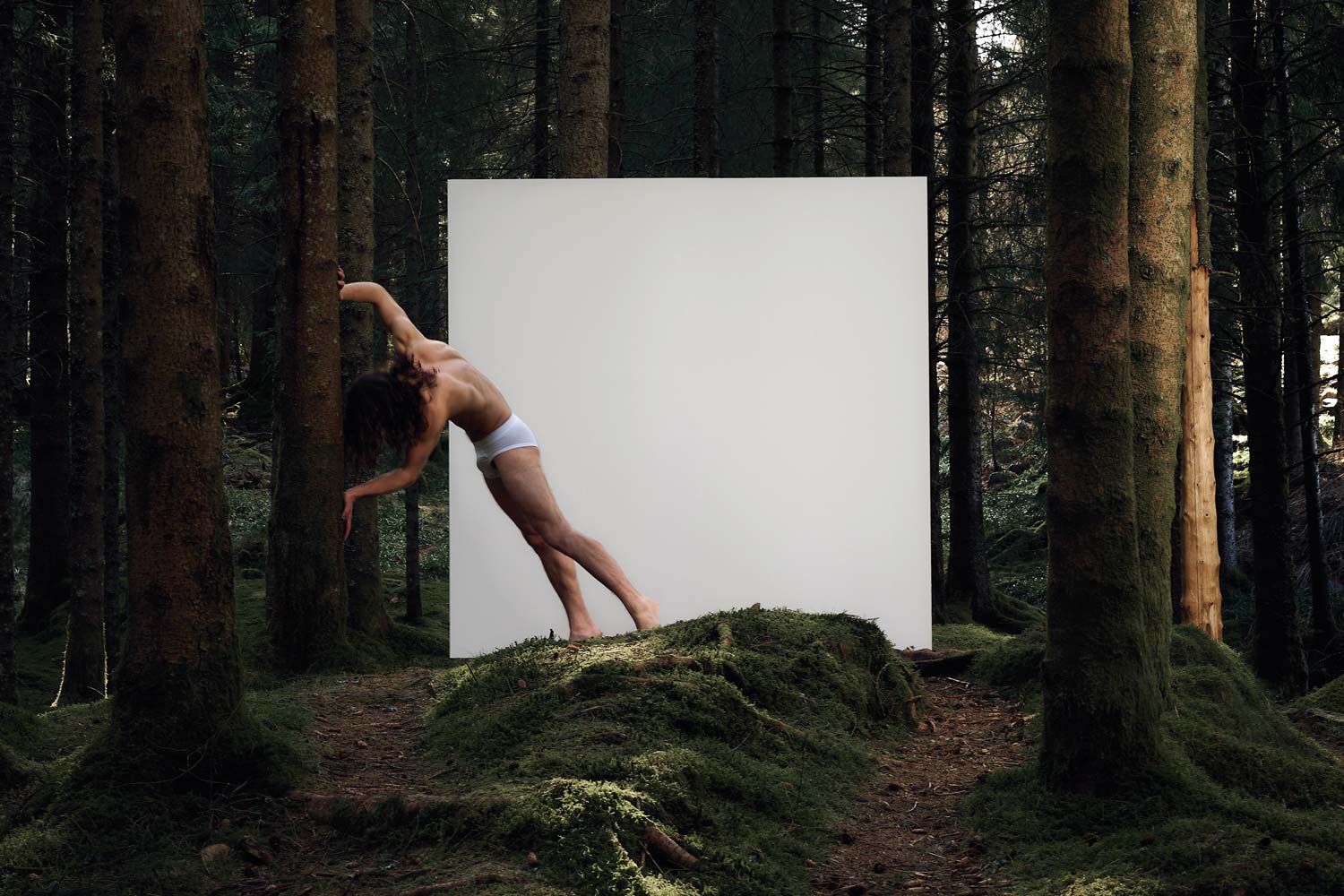Tour calendar
September 2023
- 09 : Helsinki (FI) - BIRGET; Ways to deal, ways to heal
October 2023
- 04 : Trondheim (NO) - BIRGET; Ways to deal, ways to heal
- 05 : Trondheim (NO) - BIRGET; Ways to deal, ways to heal
- 21 : Bergen (NO) - BIRGET; Ways to deal, ways to heal
- 22 : Bergen (NO) - BIRGET; Ways to deal, ways to heal
- 27 : Bodø (NO) - BIRGET; Ways to deal, ways to heal
November 2023
- 15 : Göteborg (SE) - BIRGET; Ways to deal, ways to heal
- 26 : Cannes (FR) - BIRGET; Ways to deal, ways to heal
February 2024
- 06 : Umeå (SE) - BIRGET; Ways to deal, ways to heal
- 09 : Stockholm (SE) - BIRGET; Ways to deal, ways to heal
- 10 : Stockholm (SE) - BIRGET; Ways to deal, ways to heal
But Then, We’ll Disappear (I’d Prefer Not To)
Choreography: Frédérick Gravel
Music: Philippe Brault
Costume design: Indrani Balgobin
Choreography assistant: Jamie Wright
Lighting and original music: Frédérick Gravel
Created in 2021
Duration: 75 min
Canadian Frédérick Gravel is known for turning the structures of choreography upside down and often including elements of rock and performance art in his expression. A part of the Montreal artistic community, he has emerged as one of the leading exponents of new Canadian dance.
For him, the performance is only first created in the meeting between people. The stage becomes an arena for an artistic and social experiment where characters are built and erased in a battle against their own patterns. This resistance is at once both tragic and beautiful.
Behind the title But Then, We’ll Disappear (I’d Prefer Not To) lies a hidden desire to emphasise the individual’s role in a world full of contradictions, where guilt and celebration are two sides of the same coin.
“I view a choreographic idea as a melody, and my works can be compared to making a concert. I make music by the aid of dance. One might say that I compose lines that the dancers perform with their own voice, in their own key.”
Frédérick Gravel
Press talks about it
“[…] Gravel’s informal play on conventions are already evident here – parts of the movement repertoire appear to be taken from modern dance and jazz, but are performed in a stylistic manner. It is dynamic and big and also quite fun to watch…”
Judith Dybendal, Scenekunst
In the repertoire
BIRGET; Ways to deal, Ways to heal
Based on the Sámi expression "Birget", which means "to face and survive in a changing environment",…
MONUMENT 0.10: The Living Monument
In the performance series MONUMENT, Eszter Salamon creates a world with its own logic. The new…
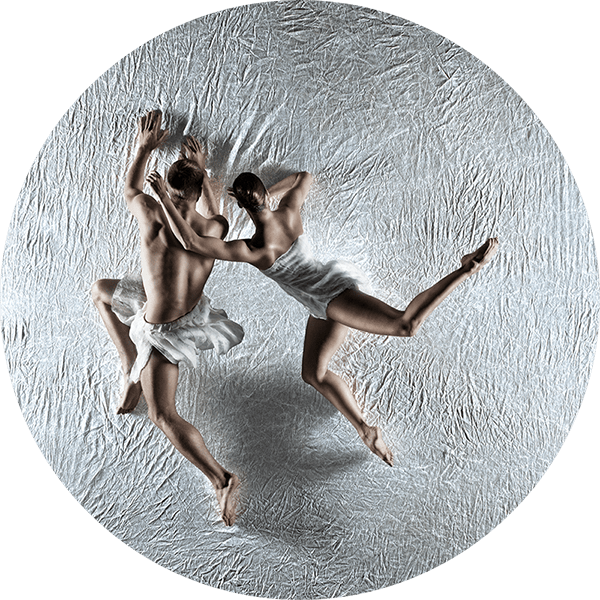
Keepin touch
For any question or request for information, the Delta Danse team will be happy to answer you!

